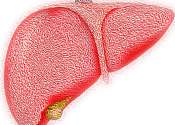A turncoat protein allows viruses to ride roughshod in the liver, paving the way to cancer
Chronic viral infections in the liver can lead to organ dysfunction and ultimately to liver tumors in a progression invariably characterized by viruses that proliferate free of immune system restraints.







